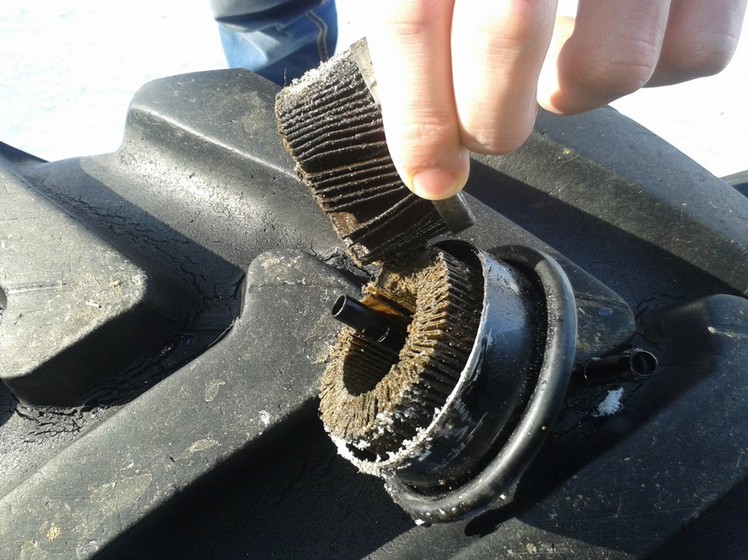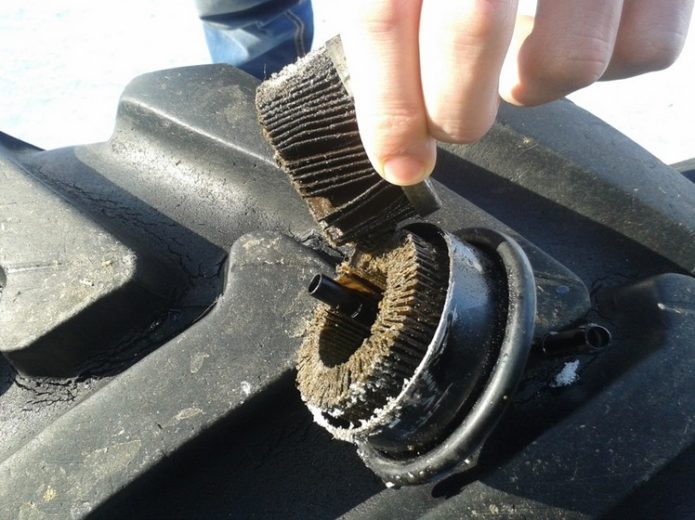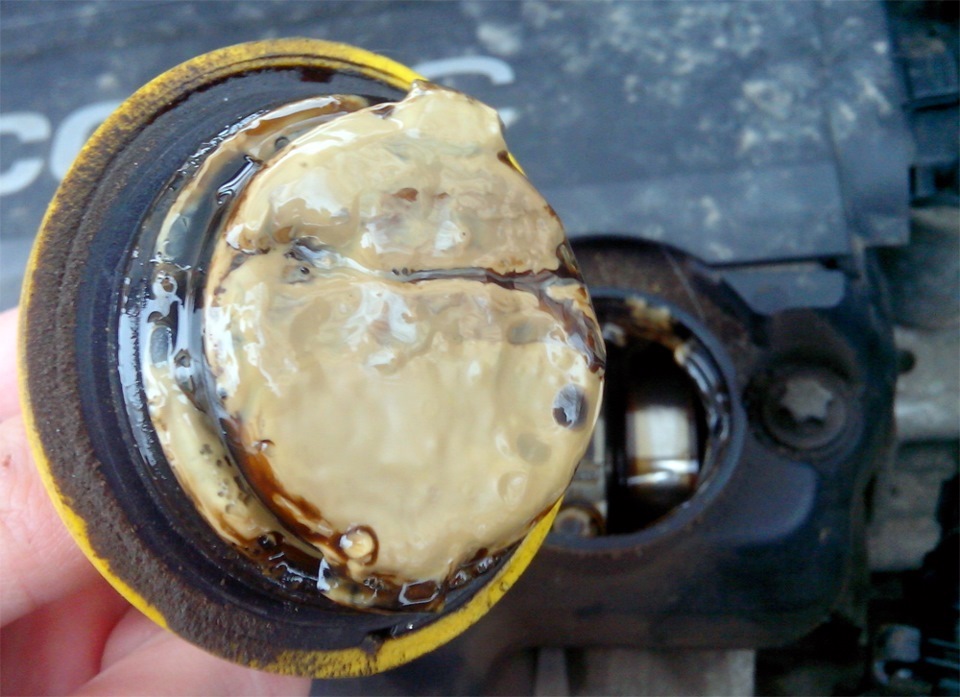
What happens if salt is poured into the gas tank: overhaul or nothing to worry about?
Content
Very often on the forums of motorists there are topics created by dishonest drivers who want to disable someone else's car. They wonder: what will happen if salt is poured into the gas tank? Will the motor fail? And if it does, will it be temporary or permanent? Let's try to figure it out.
Consequences of salt getting directly into the engine
In short, the engine will fail. Seriously and permanently. Salt, once there, will begin to act as an abrasive material. The rubbing surfaces of the motor will immediately become unusable, and eventually the engine will jam. But I emphasize again: for all this to happen, the salt must go directly into the engine. And on modern machines, this option is practically excluded.
Video: salt in the Priora engine
What happens if salt ends up in the gas tank
To answer this question, the following points must be taken into account:
- firstly, in the tanks of modern cars there are special valves that do not allow intruders to pour anything into the filler necks;
- secondly, salt does not dissolve in gasoline. Once in the gas tank, it will simply settle to the bottom, like any other garbage;
- thirdly, all cars have fuel filters. The salt from the tank will get right there and clog them. And if it was filled up a lot, the fuel line will also clog. And in the worst case, it can disable the fuel pump.


White salt is clearly visible on a clogged fuel filter
But even if the pump breaks down, the salt will not reach the motor. There will simply be nothing to feed it with - the pump has broken. This rule is true for engines of any type: both diesel and gasoline, both with and without a carburetor. In any type of engine, there are filters for both coarse and fine fuel cleaning, designed, among other things, for such situations.
How to get rid of the problem
The answer is obvious: you have to flush the gas tank. This operation can be performed both with and without removal of the tank. And it depends both on the design and on the location of the device. Today, almost all modern cars have small additional holes in the tanks for draining fuel.


Most modern cars have fuel drain holes.
So the sequence of actions is simple:
- The tank neck opens. A suitable container is placed under the drain hole.
- The drain plug is unscrewed, the remaining gasoline is drained along with the salt.
- The cork returns to its place. A small portion of clean gasoline is poured into the tank. The drain opens again (the machine can then be rocked up and down slightly by hand). The operation is repeated 2-3 more times, after which the tank is purged with compressed air.
- After that, you should check the fuel filters and the condition of the fuel pump. If the filters are clogged, they should be changed. If the fuel pump fails (which is extremely rare), you will have to replace it as well.
So, this kind of hooliganism can cause certain troubles for the driver: a clogged tank and fuel filters. But it is impossible to disable the engine by pouring salt into the gas tank. It's just an urban legend. But if the salt is in the motor, bypassing the tank, then the engine will be destroyed.

